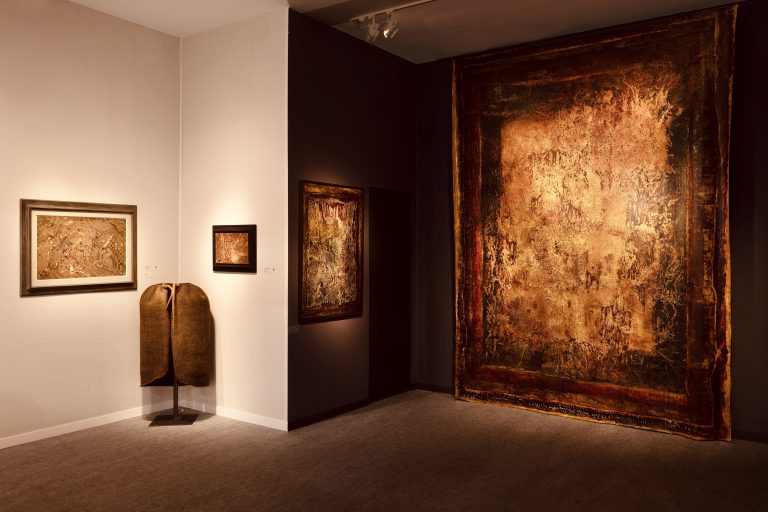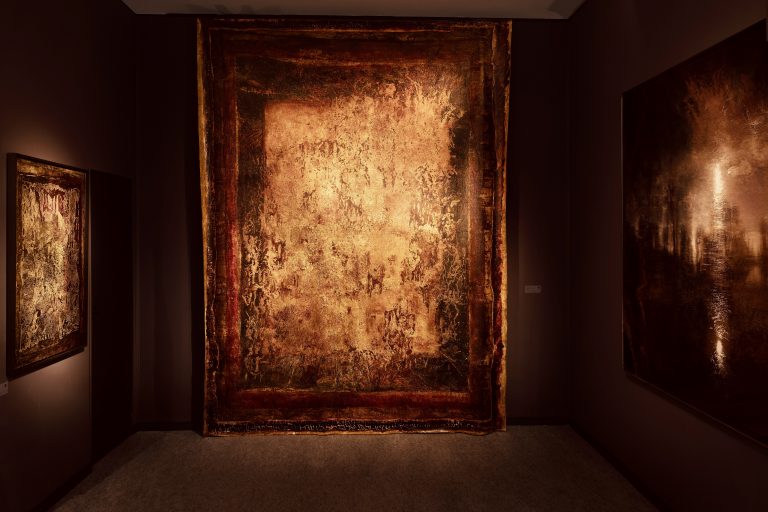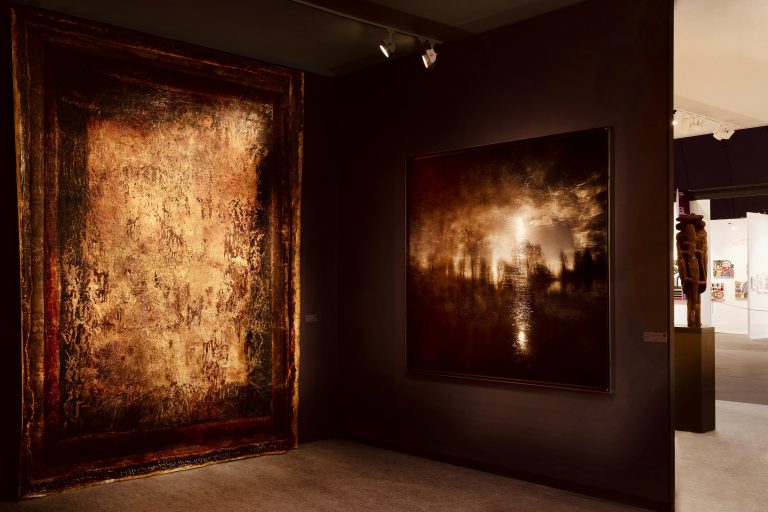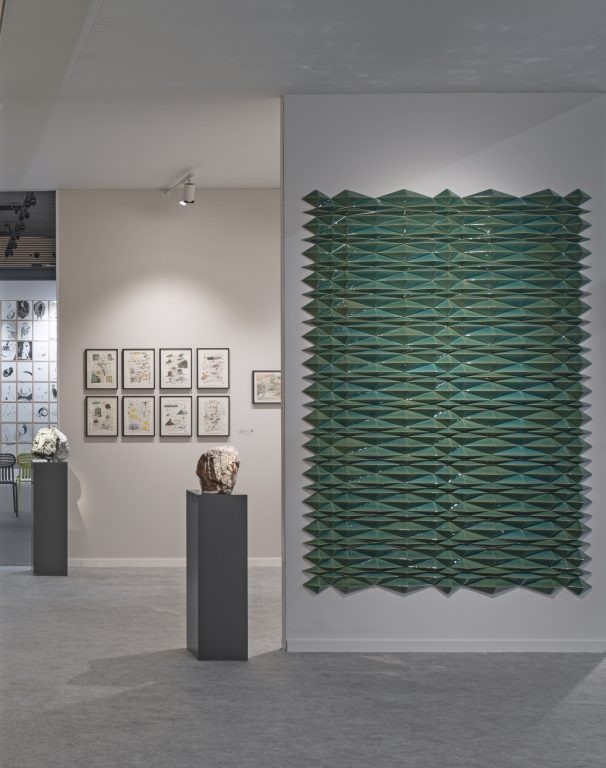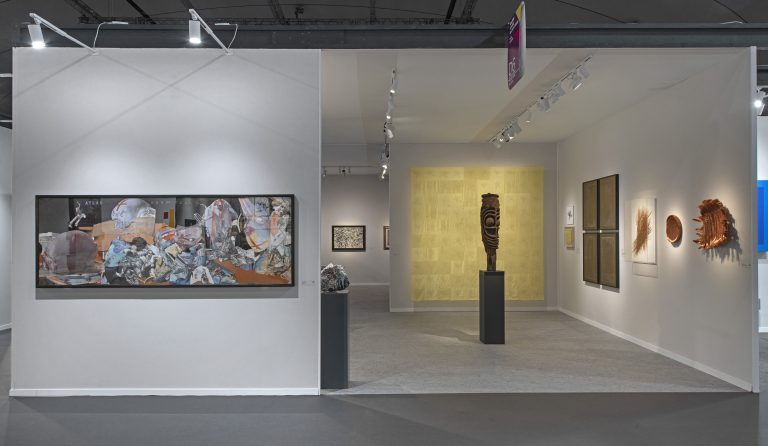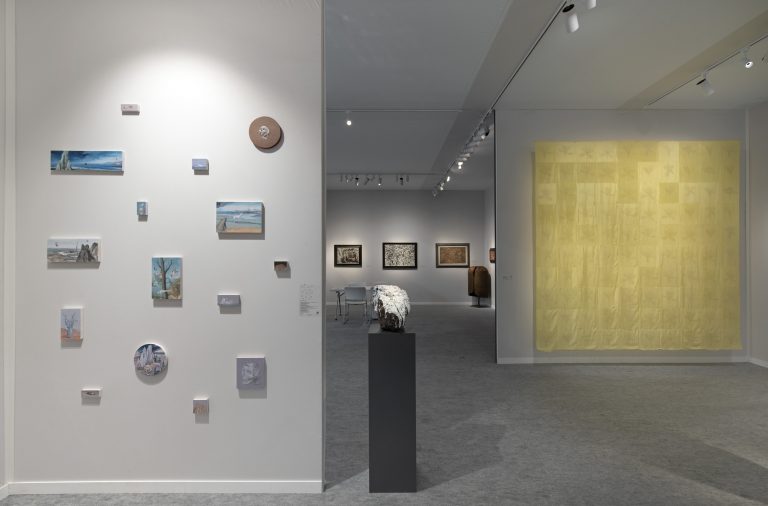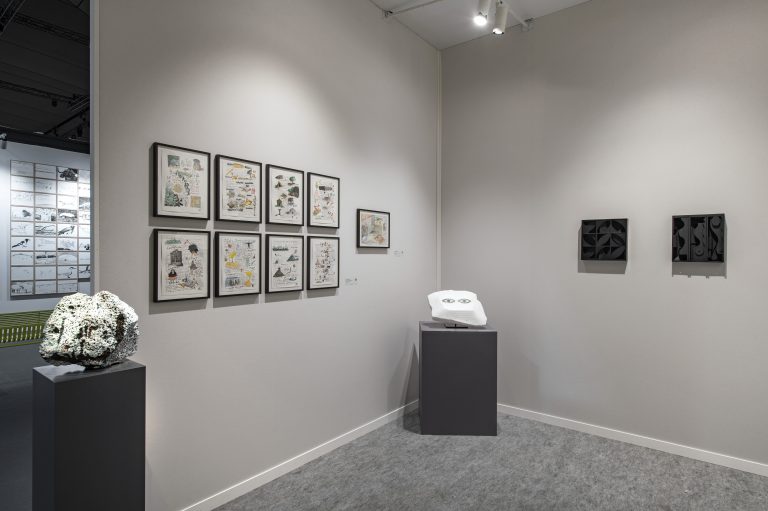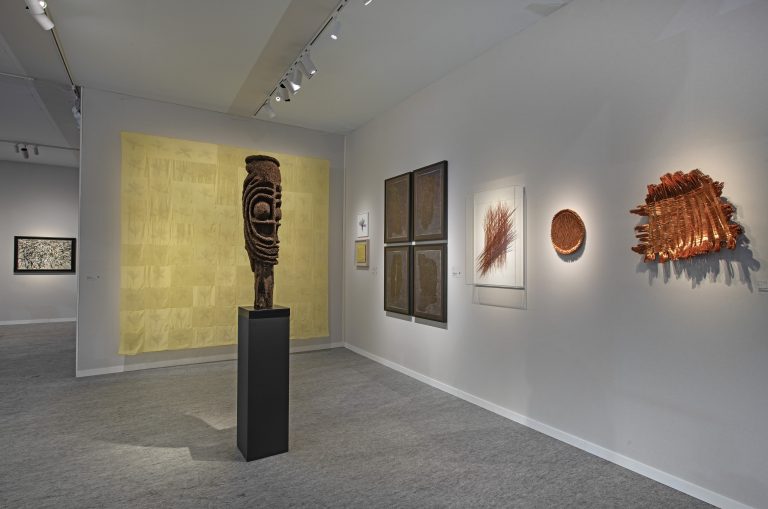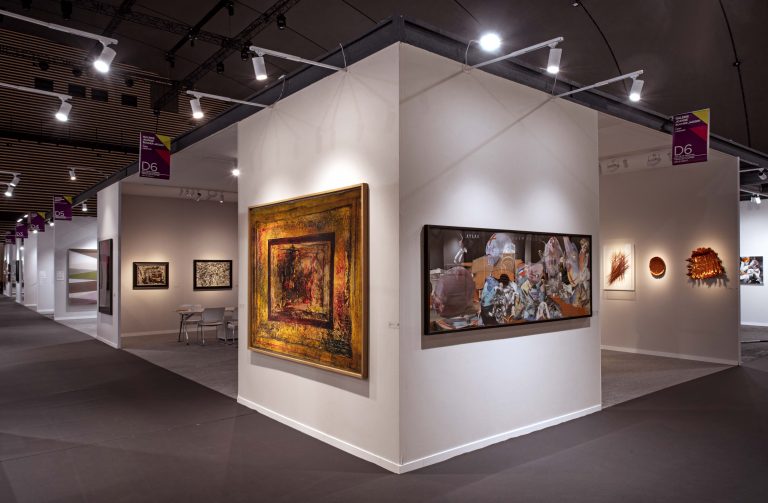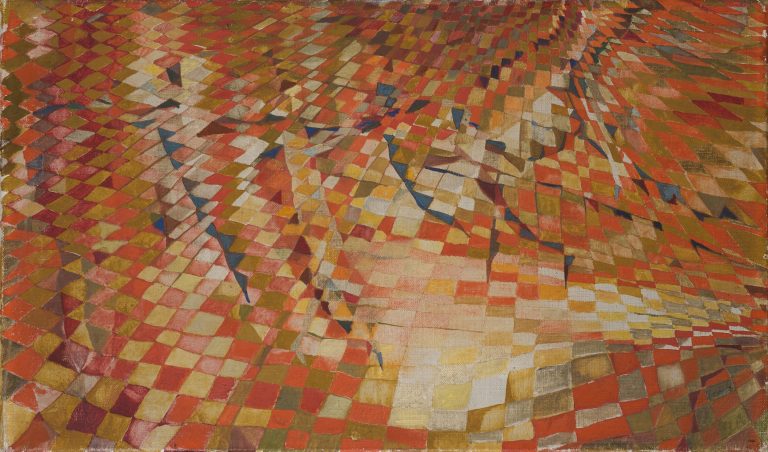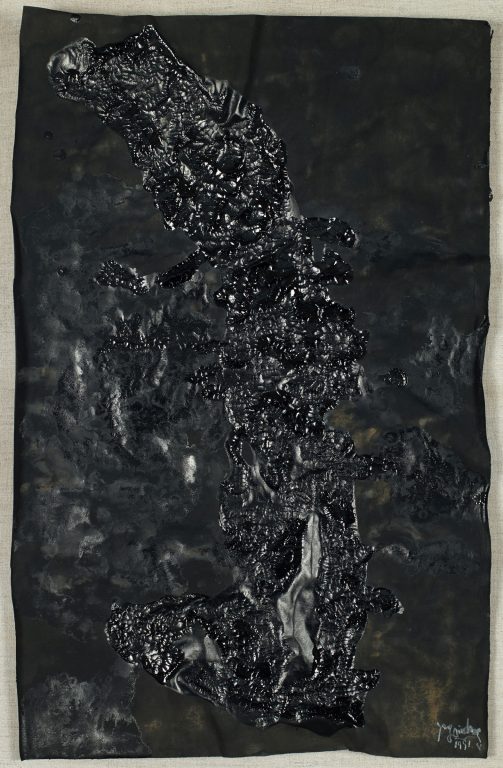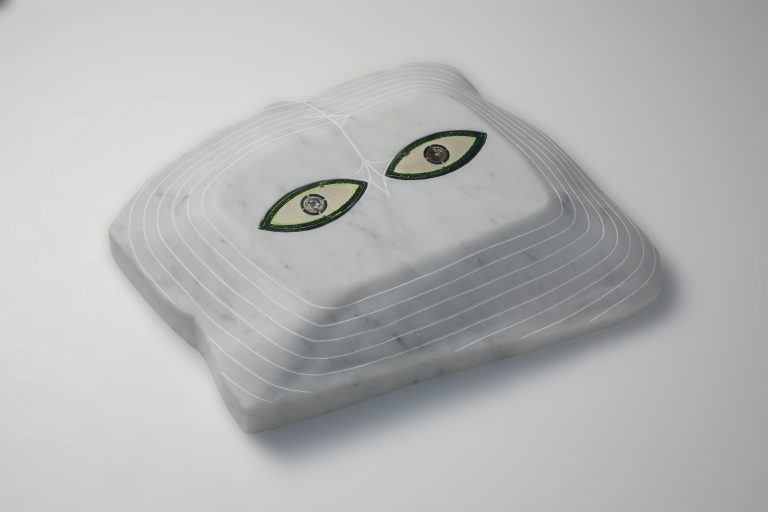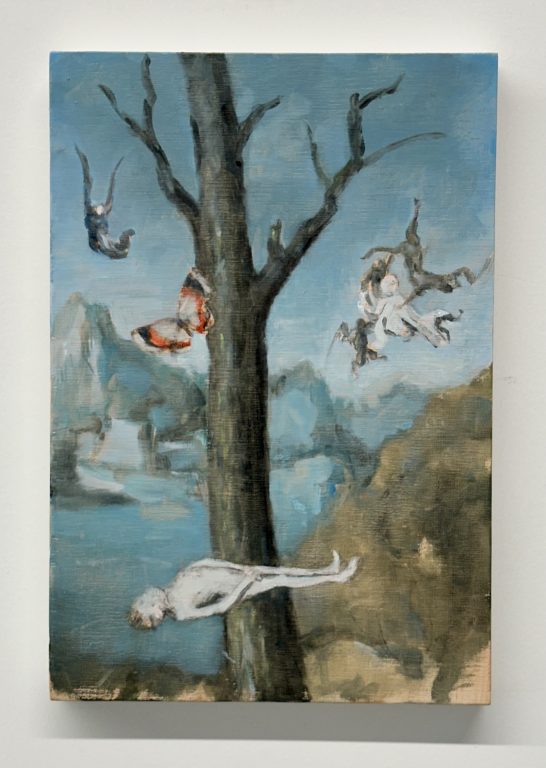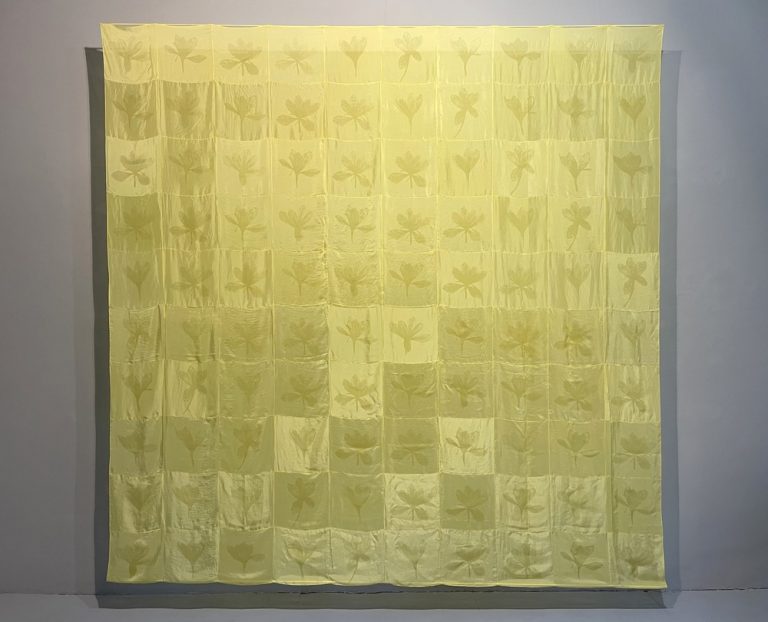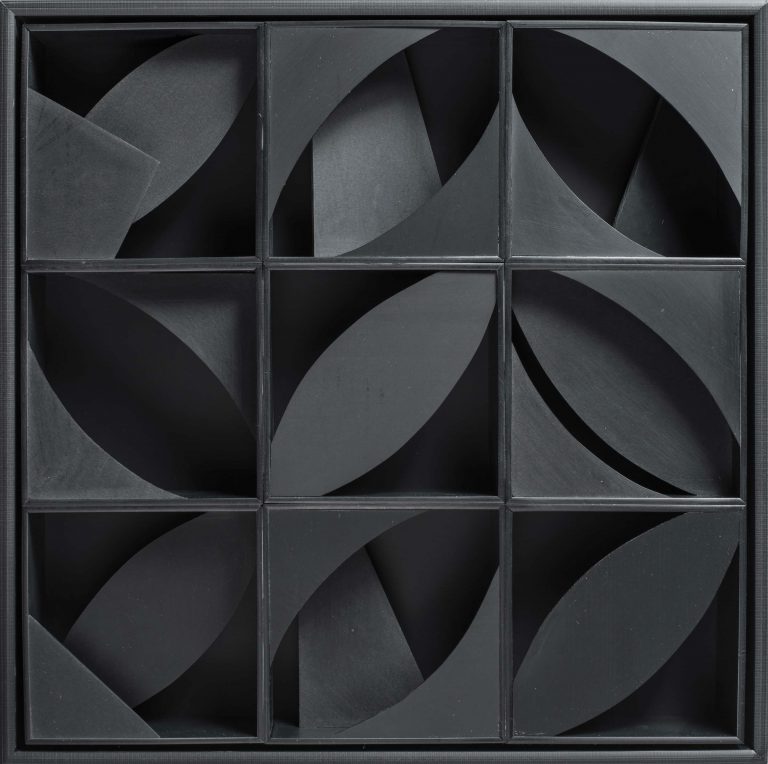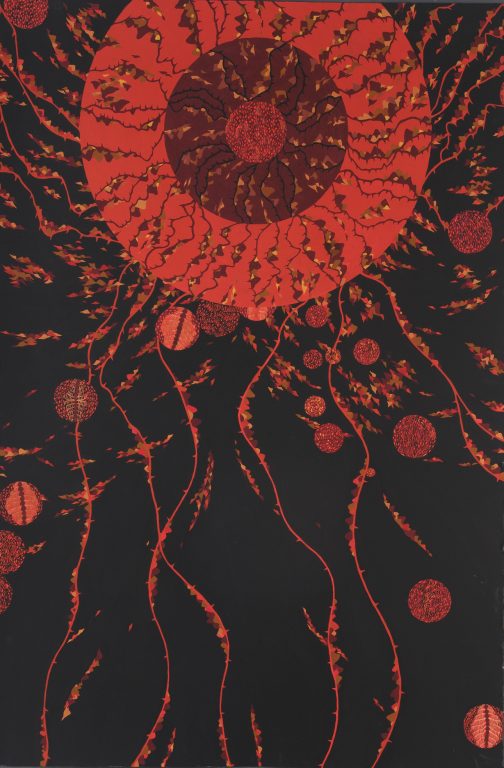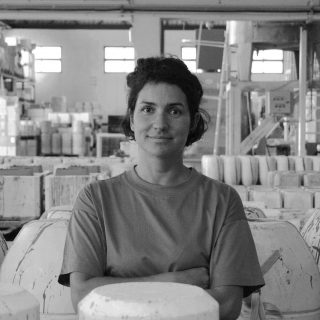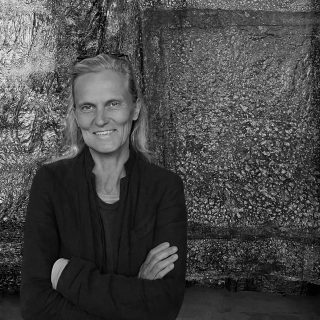04.04.2024 — 07.04.2024
ART PARIS ART FAIR
Guillaume Barth, Miguel Branco, Dado, Antoine Grumbach, Yang Jiechang, Evi Keller, Rui Moreira, Louise Nevelson, Maria Ana Vasco Costa, Maria Helena Vieira da Silva, Antonella Zazzera
Grand Palais Éphémère, Paris
Foires
© Evi Keller, Courtesy Jeanne Bucher Jaeger, Paris-Lisbonne
© Evi Keller, Courtesy Jeanne Bucher Jaeger, Paris-Lisbonne
© Evi Keller, Courtesy Jeanne Bucher Jaeger, Paris-Lisbonne
© Jean-Louis Losi, Courtesy Jeanne Bucher Jaeger, Paris-Lisbonne
© Jean-Louis Losi, Courtesy Jeanne Bucher Jaeger, Paris-Lisbonne
© Jean-Louis Losi, Courtesy Jeanne Bucher Jaeger, Paris-Lisbonne
© Jean-Louis Losi, Courtesy Jeanne Bucher Jaeger, Paris-Lisbonne
© Evi Keller, Courtesy Jeanne Bucher Jaeger, Paris-Lisbonne
Oil and pencil-draw
10,6 × 18,1 in
Photograph by Jean-Louis Losi
Tree fern root, 118 cm
© Jean-Louis Losi, Courtesy Galerie Jeanne Bucher Jaeger, Paris-Lisbonne
168,5 cm x 222 cm
© Evi Keller, Courtesy Galerie Jeanne Bucher Jaeger, Paris-Lisbonne
ink on Xuan paper, mounted on canvas, 86 x 60 cm
© D.R, Courtesy Galerie Jeanne Bucher Jaeger, Paris-Lisbonne
copper wires, 76 x 45 cm
© D.R, Courtesy Galerie Jeanne Bucher Jaeger, Paris-Lisbonne
Marble and ceramics
Edition 1/8
© Nicola Gnesi
Collage on wood
34,6 × 98,4 in
Photograph by Jean-Louis Losi
oil on wood, 26 x 18 cm
© D.R, Courtesy Galerie Jeanne Bucher Jaeger, Paris-Lisbonne
Alphabet of flowers, silkscreen on silk, saffron ink, crocus sativus project, flower of happiness, 272 x 272 cm
© Guillaume Barth
Multiple in black plastic
Photograph by Jean-Louis Losi
Gouache on paper 153 x 102 cm Frame: 110 x 161.3 cm
© Laura Cintra & Castro Caldas, Courtesy Jeanne Bucher Jaeger, Paris-Lisbonne
Enamelled volcanic stone, 33 x 20 x 31 cm
© D.R, Courtesy Jeanne Bucher Jaeger, Paris-Lisbonne
Artists are seekers, revealing before we do what lies beneath the surface of our times. Each in his or her own way gives us a glimpse of today’s and tomorrow’s world, as well as that of yesterday, through their absolute presence in the Living World.
For this new edition of ART PARIS 2024, the gallery has selected artists and works in line with the themes chosen by the 2 guest curators: that of Eric de Chassey, Director of the Institut National d’Histoire de l’Art, and his theme of Fragile Utopias, transforming our relationship with the world and opening up the perspectives of a sensitive and fragile world open to the doubt of certainties. Vieira da Silva’s work, selected by Eric de Chassey, situates our human condition within a gigantic space-time mesh in which we evolve in an uninterrupted ballet of events and encounters. No need to belong to an abstract or figurative pictorial world, Vieira da Silva evolves freely in a world of architectures that are not composed of walls but of meaning, sound, color and total connectivity. Her work is resolutely contemporary, woven from fine multi-sensory mosaics, all networked together, where the painting is a spectacle of the Living, in an unfolding of rhythms, sometimes slow, sometimes accelerated, inspired by a continuum of experience unfolding without limit in full musicality. We are everywhere, in this work, facing not one reality but multiple realities, as if we had to lift the veils to experience the immensity of limitless matter, unfolding in meditative spatial emptiness.
This work echoes other artists weaving spaces and sensations, such as Evi Keller and her Matière-Lumière in permanent transformation, sometimes flesh, sometimes metals, minerals, plants, crystals, constellations; Antonella Zazzera and her harmonious, luminous weavings of copper wire; Louise Nevelson and her tangled black woods; Maria Ana Vasco Costa and her rhythmic, composed ceramics responding to Vieira’s azulejos.
Now we come to Nicolas Trembley and his Art and Craft theme of the artist-craftsman, to which many of these women artists relate, as do these artists sowers of meaning, one of whom (Guillaume Barth) links his magic square of silk transformed into a Talisman of Love to the minute subtlety of saffron flower, while another (Miguel Branco) multiplies timeless image-references and opens up landscapes in wood itself, in an ever more surprising artistic dramaturgy; Yang Jiechang plays with the voluptuousness of his layers of ink impregnated with cypress wood and essential oils, as if to make us feel the voluptuousness of his texture; or the skilful weaving of words and images in a perpetual tangle, without beginning or end, with all the vision of Antoine Grumbach engraved in this white marble linked to these hand-painted azulejos ; and Dado’s rare collage images that haunt his history and reflect the whole of humanity, as well as the uninterrupted thread of Rui Moreira’s space-time voyages that marry the shooting star to the starfish and guide us through the waters.
All this under the blessing of the sacred sculpture of Faîte de case (hut ridge), or the Cape Yi, which envelops us in its warm protection, evoking the felt sculptures of Joseph Beuys in the struggle for human survival, or the weavings of Magdalena Abakanowicz. Art is very much a part of our daily lives, rendering the Living in a multitude of forms born of the hand on the very sensitive film, the weaving of copper, the stroke, dyeing and printing of saffron, the molding and shaping of clay or the chiseling of marble, the composition of ink, hair, plant roots and minerals. A living being touched, tasted and savored, a Universal Living Being with its share of Utopia.
Véronique Jaeger
March 2024
Maria Helena Vieira Da Silva (1908-1992), selection FRAGILE UTOPIAS. A FOCUS ON THE FRENCH SCENE by Éric de Chassey
Strictly speaking, the world as it was painted by Maria Helena Vieira da Silva in the 1940s was neither figurative nor abstract. It was a world marked by uncertainty, as well as a par- adoxical unity born out of the infinite division of space. Forced to seek exile in Brazil during WWII, Vieira da Silva returned to Paris in 1947, to the city to where she had settled after leaving her native Portugal some two decades before. From one city to another, she continued working in the same vein, an aesthetic that led her to a more or less complete form of abstraction and which made her one of the protagonists of lyrical abstraction, the Parisian version of abstract expressionism.
The three compositions brought together here are all interiors, which was one of her favourite themes. However, the use of a grid made up of a gradient of multiple colours to organise these spaces opens them to infinity. The figures that move within them and the objects placed there are absorbed, leaving only traces and remains. Vieira da Silva thus invites us to perceive in turn the world as a place of unlimited potential.
– Éric de Chassey
Océanie, selection ART & CRAFT by Nicolas Trembley
Oceania, unknown artist, first half of the 20th century
In 1961, Jean-François Jaeger, who was at the time at the head of the gallery founded by his great aunt Jeanne Bucher, put on an exhibition of the so-called “primitive arts” that was a first: Vingt sculptures monumentales d’art primitif de la Nouvelle-Guinée et des Nouvelles- Hébrides. Numerous artists from the beginning of the 20th century, such as Giacometti, Picasso and Breton, had already realised the artistic qualities of these sculptures that combined a domestic use and a religious function.
More than 60 years later, we are in the presence of a sculpture that was part of the original exhibition. The context has changed as have the terms used. Today we talk about tribal art or non-Western art rather than “primitive art” and the New Hebrides have become Vanuatu. The field of research that encompasses artisanship and ethnography has always, by extension, taken an interest in the production of indigenous peoples. Those vernacular techniques often used to meet domestic needs have always influenced contemporary artists, like this Faîte de case (a hut ridge) made from the roots of tree ferns. It is in fact a magical lightning rod, the likes of which were placed on the roof to ensure, by the presence of invisible spirits, the protection of the home.
– Nicolas Trembley
ART PARIS ART FAIR
Grand Palais Ephémère
Plateau Joffre
75007 Paris
Public opening hours
Thursday, April 4, 2024: 12:00 – 20:00
Friday, April 5, 2024: 12:00 – 21:00
Saturday, April 6, 2024: 12:00 – 20:00
Sunday April 7, 2024: 12:00 – 19:00
